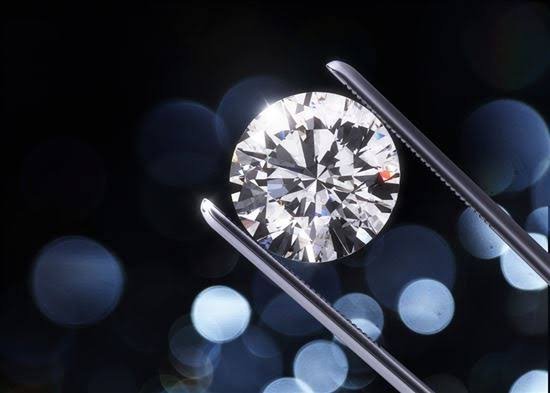Last Updated on October 29, 2022 by

Are you looking to buy a new diamond jewelry ring? The first things to look for are the cut, color, and clarity of the gem. In this article we’ll discuss three different types of diamond cutting patterns – round brilliant diamonds like every girl dreams of, double cut diamonds which are even more stunning in person, and princess cut diamonds that are on trend. It’s time to educate you about diamond cut good vs very good on all the trends!
Introduction to Diamonds
Diamonds come in many different shapes and sizes, each with its own unique physical and chemical properties. There are six main types of diamonds, listed from the most valuable to the least:
Crimson Diamonds
The color of a diamond is one of its most important characteristics, as it affects its value. The three main types of colored diamonds are red, pink, and yellow. Reds and pinks are the most common colors and have the lowest value, while yellows have the highest value.
This is because yellows are rarer than other colors and they tend to have more fire and sparkle than other diamonds.
Blue Diamonds
Blue diamonds are among the more rare varieties of diamond, with only 1 in 806 diamonds being blue. They are usually less valuable than other types of diamonds because they don’t shine as brightly as other colors.
However, blue diamond color can occasionally be very intense, making them somewhat rarer still.
Green Diamonds
Very little is known about green diamonds except that they are even less common than blue diamonds – representing only about 0.0002% of all mined diamonds. They tend to be less bright and more muted in color than other diamond variants, which may make them harder to sell.
Despite their low frequency, green diamonds can still be exceptionally beautiful gemstone specimens worth a high price tag onyx.
Yellow Diamonds
The most abundant type of diamond on Earth, yellow diamonds make up more than 60% of all mined diamonds. They are the least valuable diamond variety, generally costing less than other colors despite their lower production rate.
Brown Diamonds
Brown diamonds are relatively rare and typically less valuable than other diamond colors. In fact, they only account for 1 in 50,000 diamonds mined. Brown diamonds usually have a lower brightness and saturation than other diamond colors, making them less visible to the human eye.
Black Diamonds
Black diamond is the color of coal tar and is the most rare and expensive variety of diamond. Only about 1 in 167,000 diamonds are black – making it one of the most difficult to find and value gemstone specimens.
Crazy Diamonds
Known informally as “crazy diamonds,” these gems are so rare and valuable that their names have become synonymous with luxury. Only about 0.0002% of all mined diamonds are crazy diamonds, making them one of the most exclusive and valuable gems in the world.
Types of Patterns
There are many types of diamond cuts patterns and each has its own unique effect on the diamond’s value. This section will outline the different types of patterns and how they affect diamond value.
The first type to consider is Whereton pattern. This pattern was pioneered by Sir Cecil Oppenheimer and is characterized by a series of concave curves running across the diamond. The depth of these curves dictates the price paid for a particular diamond, as they affect both the width and depth of the cut stone. Diamonds with a Whereton pattern typically cost more than those without.
Another common Diamond Cutting Pattern is marquise. Marquise patterns are smooth and symmetrical, with evenly spaced dots around the stone. They are usually less pronounced than other patterns and can be found in most stones grades from DIA 1 to ZDSP 6. While not as rare as some other patterns, marquise diamonds command a higher price due to their rarity and aesthetic appeal.
Finally, there is the bertha pattern which is similar to a marquise but has larger gaps between its dots. Bertha diamonds are often more sparkly than other diamonds and typically cost more than other types of diamonds because they require less care when wearing them.
Conclusion
When it comes to the diamond industry, there are a variety of different cutting patterns that can be used. Diamonds are graded on a scale of 1-10 with 10 being the best quality and most expensive. By understanding how these different cutting patterns affect diamond value, you can make better choices when shopping for diamonds and know exactly what you’re getting. Whether you want your diamond to have a traditional or an unconventional cutting pattern, this article will teach you everything you need to know about each type of cut.

























